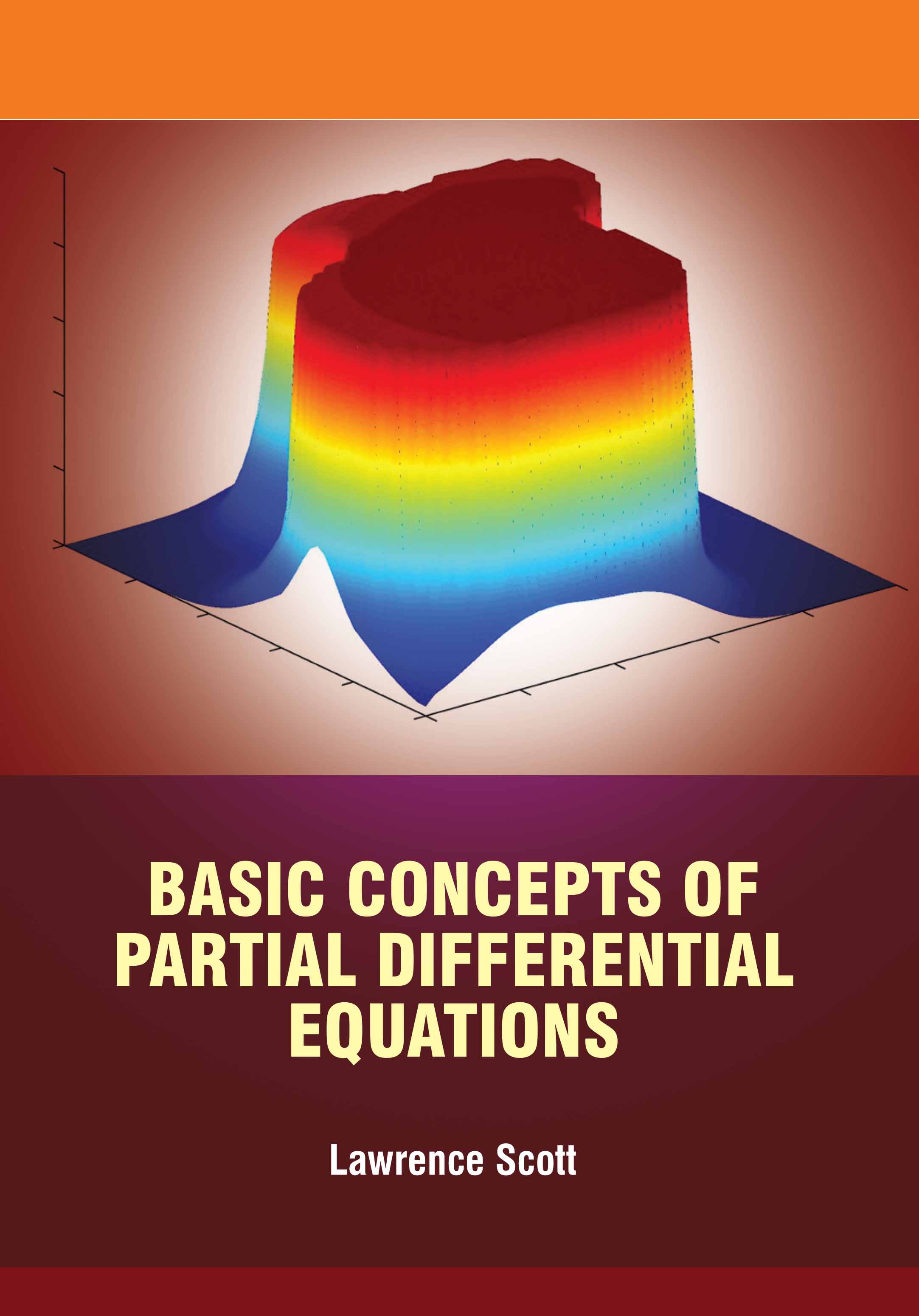About This Book
Quantum mechanics plays a foundational role in applied nanotechnology, as it governs the behavior of
matter at the atomic and subatomic levels-precisely the scale at which nanotechnology operates. Unlike
classical physics, which cannot accurately describe phenomena at the nanoscale, quantum mechanics
provides the necessary principles to understand and predict how electrons, atoms, and molecules
behave. Key quantum concepts such as wave-particle duality, quantization of energy levels, tunneling,
and superposition are critical in designing and controlling nanoscale devices and materials. For instance,
in semiconductor nanodevices like quantum dots and nanowires, the discrete energy levels of electronsdictated
by quantum confinement-allow for unique optical and electronic properties not found in bulk
materials. Tunneling, a purely quantum effect, is utilized in scanning tunneling microscopes (STM) to
image surfaces at the atomic level. Similarly, quantum behavior in carbon nanotubes and graphene leads
to extraordinary electrical conductivity, making them valuable in next-generation electronics. As
nanotechnology continues to evolve, the integration of quantum mechanics becomes increasingly vital.
Engineers and researchers must understand quantum principles to effectively design nanoscale
transistors, sensors, and quantum computing components. Ultimately, mastering quantum mechanics is
essential for unlocking the full potential of applied nanotechnology in modern science and engineering.
Quantum Mechanics for Applied Nanotechnology explores the essential quantum principles that drive
innovation and functionality at the nanoscale.
Contents: 1. Quantum Nanoscale Devices, 2. Molecular Quantum Mechanics, 3. The Schrodinger
Equation in Quantum Mechanics, 4. Measuring the State of Quantum System, 5. Relativity Principle and
Quantum Field Theory, 6. Quantum Structures, 7. Quantum Mechanics and Wave Mechanics, 8. Quantum
Consciousness, 9. Nanoelectronic Devices, 10. Computational Nanotechnology.

